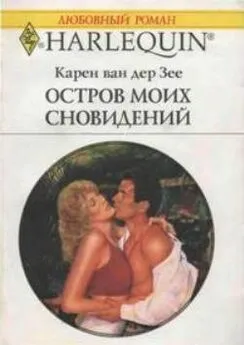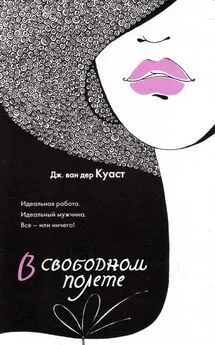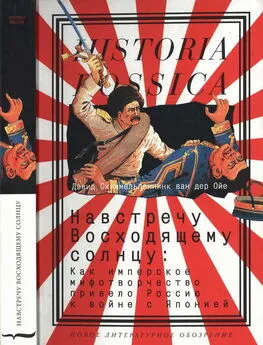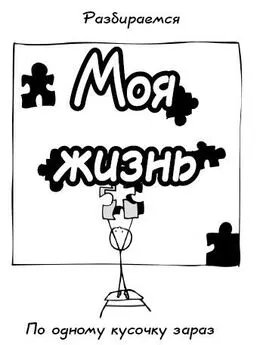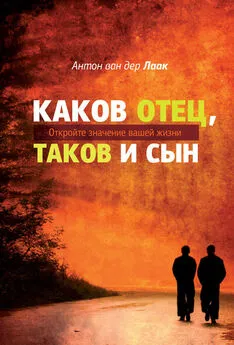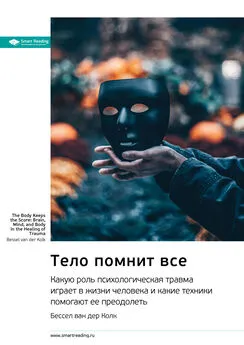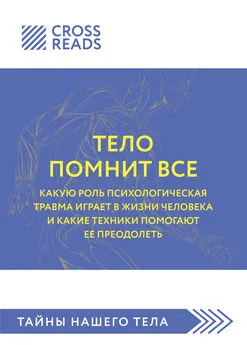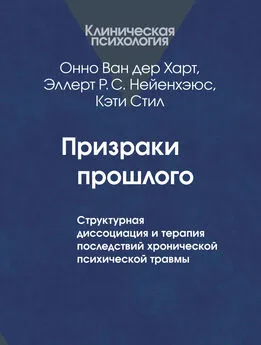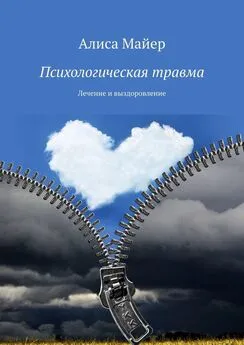Бессел ван дер Колк - Тело помнит все [Какую роль психологическая травма играет в жизни человека и какие техники помогают ее преодолеть]
- Название:Тело помнит все [Какую роль психологическая травма играет в жизни человека и какие техники помогают ее преодолеть]
- Автор:
- Жанр:
- Издательство:Литагент 5 редакция «БОМБОРА»
- Год:2019
- Город:Москва
- ISBN:978-5-04-099865-4
- Рейтинг:
- Избранное:Добавить в избранное
-
Отзывы:
-
Ваша оценка:
Бессел ван дер Колк - Тело помнит все [Какую роль психологическая травма играет в жизни человека и какие техники помогают ее преодолеть] краткое содержание
Доктор Бессел ван дер Колк, один из самых известных в мире специалистов по травме, провел более 30 лет, изучая посттравматическое стрессовое расстройство. Объединяя все исследования в области травмы, свой опыт и истории пациентов, в этой книге он объясняет, как травма буквально меняет тело и мозг, лишая переживших ее нормальной жизни, близких отношений и самоконтроля. Но есть и хорошие новости – автор расскажет, как мы можем помочь себе и своим близким в этой ситуации. Исследуя различные возможности исцеления: от медитации, йоги и спорта до занятий в театральных кружках – доктор Бессел предлагает новые пути к выздоровлению, активируя естественную нейропластичность мозга. Тем самым доктор дарит надежду на выздоровление и полноценную жизнь тем, кто столкнулся с травмой.
Внимание! Информация, содержащаяся в книге, не может служить заменой консультации врача. Перед совершением любых рекомендуемых действий необходимо проконсультироваться со специалистом.
Тело помнит все [Какую роль психологическая травма играет в жизни человека и какие техники помогают ее преодолеть] - читать онлайн бесплатно ознакомительный отрывок
Интервал:
Закладка:
Йога
• Emerson, David , and Elizabeth Hopper. Overcoming Trauma through Yoga: Reclaiming Your Body. Berkeley: North Atlantic, 2012.
• Cope, Stephen. Yoga and the Quest for the True Self. New York: Bantam Books, 1999.
Нейробиологическая обратная связь
• Fisher, Sebern . Neurofeedback in the Treatment of Developmental Trauma: Calming the Fear-Driven Brain. New York: Norton, 2014.
• Demos, John N. Getting Started with Neurofeedback. New York: Norton, 2005.
• Evans, James R. Handbook of Neurofeedback: Dynamics and Clinical Applications. CRC Press, 2013.
Физические последствия травмы
• Mate, Gabor. When the Body Says No: Understanding the Stress-Disease Connection. New York: Random House, 2011.
• Sapolsky, Robert. Why Zebras Don’t Get Ulcers: The Acclaimed Guide to Stress, Stress-Related Diseases, and Coping. New York: Macmillan, 2004.
Медитация и самоосознанность
• Zinn, Jon Kabat, and Tich Nat Hanh . Full Catastrophe Living: Using the Wisdom of Your Body and Mind to Face Stress, Pain, and Illness, revised edition. New York: Random House, 2009.
• Kornfeld, Jack. A Path with Heart: A Guide Trough the Perils and Promises of Spiritual Life. New York: Random House, 2009.
• Goldstein, Joseph, and Jack Kornfeld . Seeking the Heart of Wisdom: The Path of Insight Meditation. Boston: Shambhala Publications, 2001.
Психомоторная терапия
• Pesso, Albert, and John S. Crandell. Moving Psychotherapy: Theory and Application of Pesso System-Psychomotor Therapy. Northampton, MA: Brookline Books, 1991.
• Pesso, Albert. Experience in Action: A Psychomotor Psychology. New York: New York University Press, 1969.
Примечания
Пролог. Перед лицом травмы
1. V. Felitti, et al. “Relationship of Childhood Abuse and Household Dysfunction to Many of the Leading Causes of Death in Adults: The Adverse Childhood Experiences (ACE) Study.” American Journal of Preventive Medicine 14, no. 4 (1998): 245–58.
Глава 1. Уроки от ветеранов Вьетнамской войны
1. A. Kardiner, The Traumatic Neuroses of War (New York: P. Hoeber, 1941). Позже я обнаружил, что многие учебники о психологической травме были напечатаны после Первой и Второй мировых войн, однако, как заметил в 1947 году Абрам Кардинер: «Тема невротических нарушений вследствие войны последние двадцать пять лет становилась жертвой общественных интересов и прихотей психиатров. Общественность не поддерживает к ней интереса, который был весьма значительным после Первой мировой войны, равно как и психиатрия. Как следствие, эти вопросы не были в достаточной степени изучены».
2. Указанная публикация, стр. 7.
3. B. A. van der Kolk, “Adolescent Vulnerability to Post Traumatic Stress Disorder”, Psychiatry 48 (1985): 365–70.
4. S. A. Haley, “When the Patient Reports Atrocities: Specific Treatment Considerations of the Vietnam Veteran”, Archives of General Psychiatry 30 (1974): 191–96.
5. E. Hartmann, B. A. van der Kolk, and M. Olfeld, “A Preliminary Study of the Personality of the Nightmare Suferer”, American Journal of Psychiatry 138 (1981): 794–97; B. A. van der Kolk, et al., “Nightmares and Trauma: Life-long and Traumatic Nightmares in Veterans”, American Journal of Psychiatry 141 (1984): 187–90.
6. B. A. van der Kolk and C. Ducey, “The Psychological Processing of Traumatic Experience: Rorschach Patterns in PTSD”, Journal of Traumatic Stress 2 (1989): 259–74.
7. В отличие от обычных воспоминаний, травматические воспоминания больше напоминают обрывки ощущений, эмоций, реакций и зрительных образов, которые снова и снова переживаются человеком в настоящем. Исследования воспоминаний жертв холокоста, проведенные в Йеле Дори Лоб и Нанет С. Ауэрхан, равно как и книга Лоуренса Лангера «Свидетельства холокоста: Руины памяти» (1991), и, прежде всего, составленные в 1889, 1893 и 1905 годах Пьером Жане описания травматических воспоминаний, помогли нам разобраться с тем, что мы видели. Эта работа будет подробно описана в главе, посвященной памяти.
8. D. J. Henderson, “Incest”, in Comprehensive Textbook of Psychiatry , eds. A. M. Freedman and H. I. Kaplan, 2nd ed. (Baltimore: Williams & Wilkins, 1974), 1536.
9. Там же.
10. K. H. Seal, et al., “Bringing the War Back Home: Mental Health Disorders Among 103,788 U.S. Veterans Returning from Iraq and Afghanistan Seen at Department of Veterans Affairs Facilities”, Archives of Internal Medicine 167, no. 5 (2007): 476–82; C. W. Hoge, J. L. Auchterlonie, and C. S. Milliken, “Mental Health Problems, Use of Mental Health Services, and Attrition from Military Service After Returning from Deployment to Iraq or Afghanistan”, Journal of the American Medical Association 295, no. 9 (2006): 1023–32.
11. D. G. Kilpatrick and B. E. Saunders, Prevalence and Consequences of Child Victimization: Results from the National Survey of Adolescents: Final Report (Charleston, SC: National Crime Victims Research and Treatment Center, Department of Psychiatry and Behavioral Sciences, Medical University of South Carolina, 1997).
12. U.S. Department of Health and Human Services, Administration on Children, Youth and Families, Child Maltreatment 2007 , 2009. См. также: U.S. Department of Health and Human Services, Administration for Children and Families, Administration on Children, Youth and Families, Children’s Bureau, Child Maltreatment 2010 , 2011.
Глава 2. Революция в понимании разума и мозга
1. G. Ross Baker, et al., “The Canadian Adverse Events Study: The Incidence of Adverse Events Among Hospital Patients in Canada”, Canadian Medical Association Journal 170, no. 11 (2004): 1678–86; A. C. McFarlane, et al., “Posttraumatic Stress Disorder in a General Psychiatric Inpatient Population”, Journal of Traumatic Stress 14, no. 4 (2001): 633–45; Kim T. Mueser, et al., “Trauma and Posttraumatic Stress Disorder in Severe Mental Illness”, Journal of Consulting and Clinical Psychology 66, no. 3 (1998): 493; National Trauma Consortium, www.nationaltraumaconsortium.org.
2. E. Bleuler, Dementia Praecox or the Group of Schizophrenias , trans. J. Zinkin (Washington, DC: International Universities Press, 1950): 227.
3. L. Grinspoon, J. Ewalt, and R. I. Shader, “Psychotherapy and Pharmacotherapy in Chronic Schizophrenia”, American Journal of Psychiatry 124, no. 12 (1968): 1645–52. См. также: L. Grinspoon, J. Ewalt, and R. I. Shader, Schizophrenia: Psychotherapy and Pharmacotherapy (Baltimore: Williams and Wilkins, 1972).
4. T. R. Insel, “Neuroscience: Shining Light on Depression”, Science 317, no. 5839 (2007): 757–58. См. также: C. M. France, P. H. Lysaker, and R. P. Robinson, “The ‘Chemical Imbalance’ Explanation for Depression: Origins, Lay Endorsement, and Clinical Implications”, Professional Psychology: Research and Practice 38 (2007): 411–20.
5. B. J. Deacon, and J. J. Lickel, “On the Brain Disease Model of Mental Disorders”, Behavior Terapist 32, no. 6 (2009).
6. J. O. Cole, et al., “Drug Trials in Persistent Dyskinesia (Clozapine)”, in Tardive Dyskinesia, Research and Treatment , ed. R. C. Smith, J. M. Davis, and W. E. Fahn (New York: Plenum, 1979).
7. E. F. Torrey, Out of the Shadows: Confronting America’s Mental Illness Crisis (New York: John Wiley & Sons, 1997). Тем не менее, другие факторы играли не менее важную роль, такие как закон президента Кеннеди об общественном психическом здоровье 1963 года, в соответствии с которым федеральное правительство взяло на себя оплату услуг по психиатрической помощи, а штаты получали льготы за лечение психически больных людей на местах.
8. American Psychiatric Association, Committee on Nomenclature. Work Group to Revise DSM-III. Diagnostic and Statistical Manual of Mental Disorders (American Psychiatric Publishing, 1980).
9. S. F. Maier and M. E. Seligman, “Learned Helplessness: Theory and Evidence”, Journal of Experimental Psychology: General 105, no. 1 (1976): 3. См. также: M. E. Seligman, S. F. Maier, and J. H. Geer, “Alleviation of Learned Helplessness in the Dog”, Journal of Abnormal Psychology 73, no. 3 (1968): 256; and R. L. Jackson, J. H. Alexander, and S. F. Maier, “Learned Helplessness, Inactivity, and Associative Deficits: Effects of Inescapable Shock on Response Choice Escape Learning”, Journal of Experimental Psychology: Animal Behavior Processes 6, no. 1 (1980): 1.
10. G. A. Bradshaw and A. N. Schore, “How Elephants Are Opening Doors: Developmental Neuroethology, Attachment and Social Context”, Ethology 113 (2007): 426–36.
11. D. Mitchell, S. Koleszar, and R. A. Scopatz, “Arousal and T-Maze Choice Behavior in Mice: A Convergent Paradigm for Neophobia Constructs and Optimal Arousal Theory”, Learning and Motivation 15 (1984): 287–301. См. также: D. Mitchell, E. W. Osborne, and M. W. O’Boyle, “Habituation Under Stress: Shocked Mice Show Nonassociative Learning in a T-maze”, Behavioral and Neural Biology 43 (1985): 212–17.
12. B. A. van der Kolk, et al., “Inescapable Shock, Neurotransmitters and Addiction to Trauma: Towards a Psychobiology of Post Traumatic Stress” , Biological Psychiatry 20 (1985): 414–25.
13. C. Hedges, War Is a Force That Gives Us Meaning (New York: Random House Digital, 2003).
14. B. A. van der Kolk, «The Compulsion to Repeat Trauma: Revictimization, Attachment and Masochism”, Psychiatric Clinics of North America 12 (1989): 389–411.
15. R. L. Solomon, “The Opponent-Process Theory of Acquired Motivation: The Costs of Pleasure and the Benefits of Pain”, American Psychologist 35 (1980): 691–712.
16. H. K. Beecher, “Pain in Men Wounded in Battle”, Annals of Surgery 123, no. 1 (January 1946): 96–105.
Читать дальшеИнтервал:
Закладка:
![Обложка книги Бессел ван дер Колк - Тело помнит все [Какую роль психологическая травма играет в жизни человека и какие техники помогают ее преодолеть]](/books/1065979/bessel-van-der-kolk-telo-pomnit-vse-kakuyu-rol-ps.webp)
